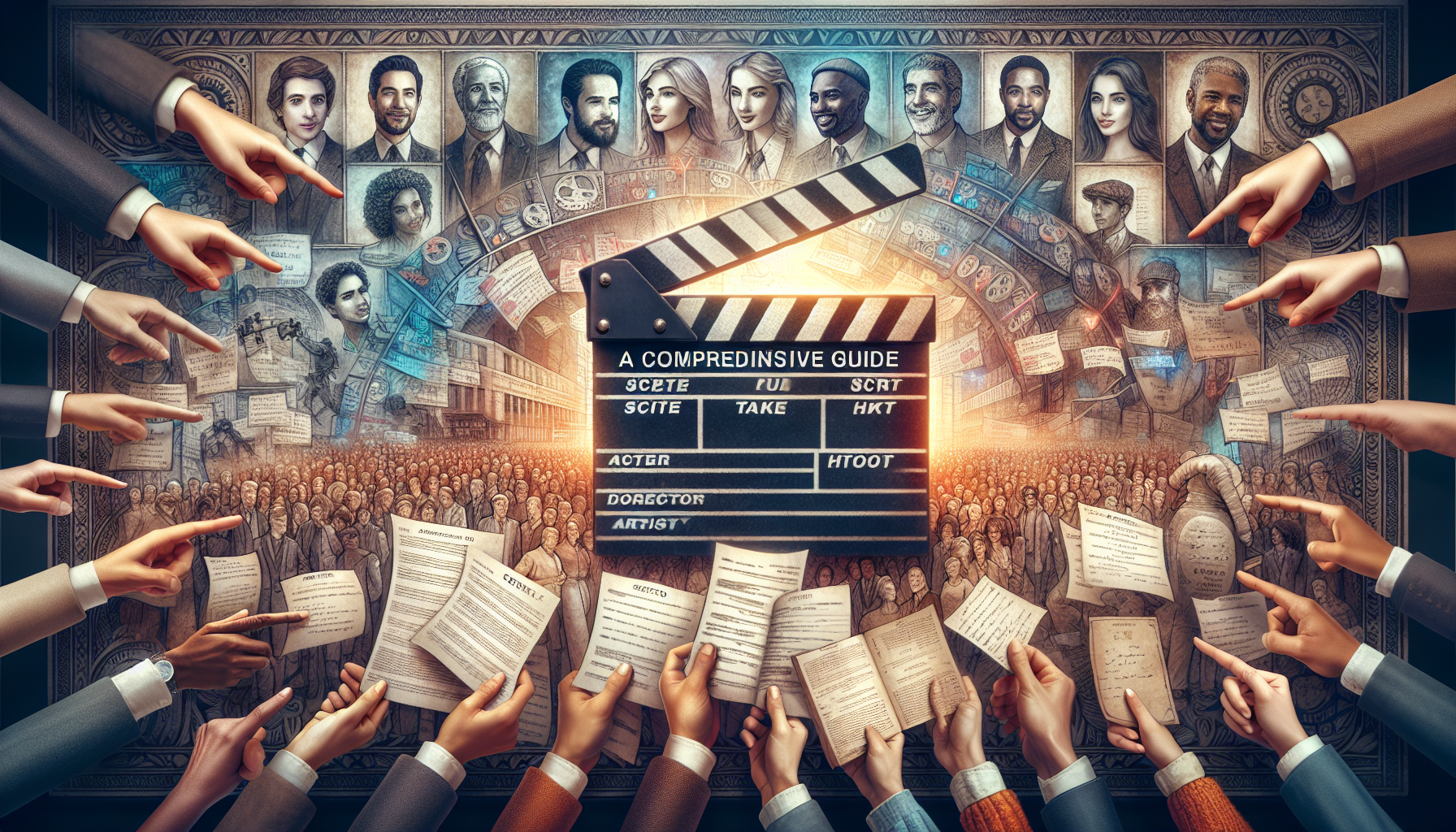The development of a compelling narrative is a cornerstone of the filmmaking process; however, it is not the sole determinant of a film’s success. Another significant aspect that requires unwavering attention is the choice of actors who will help bring the story to life, otherwise known as movie casting. This article aims to present an all-embracing look at the artistry behind movie casting.
Firstly, it is essential to define what movie casting is. Generally, it refers to the process of finding actors to play the characters in a film. It covers a broad spectrum, from identifying the talent to the final selection. However, there is an intricate deliberation behind the selection methodology, which depends heavily on strong instincts, an ability to identify potential in raw talent, and an understanding of the genial fit between an actor and a character.
One cannot discuss movie casting without mentioning Casting Directors. These professionals shoulder the essential duty of marrying the perfect talent to each role in a movie. They collaborate closely with film directors and producers to understand the exact needs of each character. This painstaking process includes evaluating physical characteristics, age, acting style, versatility, and even public perception. These individual attributes need to align with the overall vision of the film to ensure effective storytelling and audience engagement.
An essential aspect of movie casting involves conducting auditions. This process is not just about acting prowess; it is about the ability to embody a character convincingly, capturing the subtleties of character traits, and forming a connection with the director’s vision. The chemistry between various actors must also be assessed, especially if they are to portray close relationships. A movie’s success often hinges on the shared dynamic between the lead actors, and that’s a factor casting directors must carefully consider during auditions. Seizing the physicality, the aura, and other nuanced factors uncovers the true artistry behind movie casting.
From well-established actors to aspiring talents, casting directors must keep a keen eye on everyone. It’s an adaptable process where sometimes, unknown faces could fit perfectly into a crucial role due to their undertapped potential or uncanny resemblance to the character in focus. A recent example is the casting of Daisy Ridley as Rey in the Star Wars franchise. Ridley, who had limited experience in film, delivered a performance that caught the audience’s heart worldwide. This casting choice highlights how the right talent for a role might not always be the most obvious choice, underlining the complexity and the skill required for effective movie casting.
Another intriguing aspect of casting is typecasting, a widely debated practice in the film industry. It refers to the continual casting of actors in the same kind of role based on past performances or physical attributes. While typecasting can lead to success for some actors becoming iconic for certain roles, it can also risk limiting an actor’s career to a particular archetype.
Finally, the importance of diversity and representation in movie casting should not be understated. An inclusive casting contributes to a more authentic and relatable narrative. In recent years, we have seen more racially diverse casts and stories in Hollywood, such as “Crazy Rich Asians” and “Black Panther.” However, there is a continued need for better representation, including more casting opportunities for actors of different ages, ethnicities, and orientations, as well as those with disabilities.
To sum up, mastering the art of movie casting involves much more than sorting through headshots and resumes. It includes understanding the script, recognizing the subtleties of each character, identifying actors who can best embody these characters, providing opportunities for upcoming talents, and ensuring diversity and representation on screen. It’s an art form in its own right, one that requires deep knowledge, sensitivity, and the ability to visualize the final cinematic product. On many levels, successful movie casting makes the magic of cinema a reality, making the characters we cherish so much so captivatingly real.

